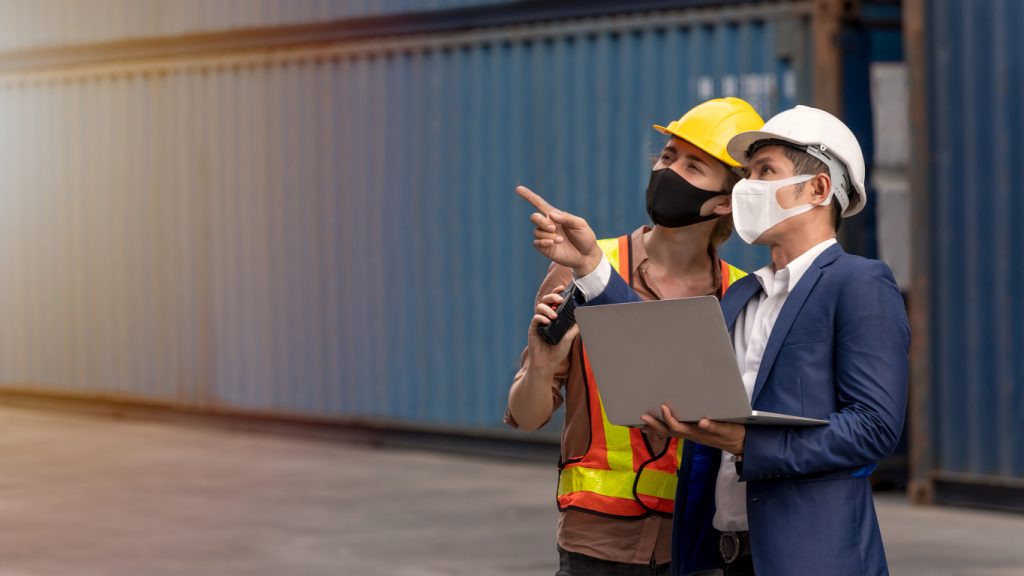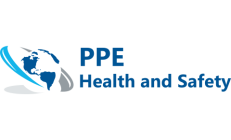How To Minimise Health And Safety Hazards When Operating In Warehousing And Storage Units.
Health and safety is vital and a necessary component if you want your employees to thrive in their working environment. Below are the statistics taken from HSE which measures a breakdown of work sector related injuries based on a 3 year average (2008/09 – 2010/11):
- 110,000 Fatal Injuries
- 23,770,000 Non-Fatal Major Injuries
- 129,750,000 Over 3 day injury
Total
- 153,630,000
(Transportation And Storage sector)
- 90,000 Fatal Injuries
- 144,600,000 Non-Fatal Major Injuries
- 556,800,000 Over 3 day injuries
Total
- 702,300,000
(Manufacturing sector)
With these figures documented over a decade ago, transportation, storage and manufacturing industries should prioritise Health and Safety of utmost importance in line with their corporate goals. Rigorous checks must be undertaken and precautionary measures should be implemented to ensure employees are safe and comfortable to attend work. In this article, we will list the possible hazards in warehouse and storage units so that you can minimise risk of having a workplace accident and adding to the work sector related injury figures.
PPE
PPE or Personal Protective Equipment, is the most important measure employees can take to ensure their own personal safety at work. It prepares anyone for risks in the event of accidents or exposure to certain elements. When applying to a warehousing and storage unit context, the main PPE’s that is to be worn during work are:
- High Visibility Clothing
Which allows others to see you from a greater distance. When operating moving vehicles, particularly late at night during darker periods, it’s imperative that you are easily spotted by other working employees.
- Hard Hats
An environment where heavy items have a possibility of falling means it is essential that your head is always protected. Always make sure you have appropriate headgear to protect yourself from falling objects in the form of protective hard hats.
- Eye Protection
People often neglect their eye safety, but taking your vision for granted would be greatly regretted in the case of an accident – particularly if it could have been easily avoided. Eye protection means that your eyes are safe from flying debris, dust and hazardous liquids that could damage your vision
Mechanical Handling / Hazardous Substances
The use of equipment such as fork lift trucks can be hazardous with crushing and amputation possibilities. The new and emerging Lithium-Ion forklift battery poses a hazard in itself. This is because in order to swap the battery into a charging station, protective PPE is required in order to handle the battery. Additionally, electrolytes present in the Lithium-Ion batteries contain sulfuric acid which is corrosive and, if a defect in the battery manufacturing has occurred, chemical burns can splash out of refillable batteries. Exposure to hazardous chemicals can also cause respiratory problems, chemical burns or fatal injuries so having PPE like disposable protective clothing, employees can minimise the risk of coming into contact with hazardous elements in the workplace when wearing PPE multiple times during their working day.
Blades And Sharp Objects
Circular saws and band sawing machines can cause serious injuries mainly from coming into contact with moving blades e.g. cuts and amputations. ‘Polycarbonate Visors’ are vital and an absolute necessity when operating with saw around the warehouse or workplace.
Electrical Components
Electrical accidents mainly arise due to misuse or badly maintained equipment which increases risk of electric shock during cleaning operations. It goes without saying that electronic parts should never come into contact with liquids and thorough checks should be performed on a daily basis to make sure electronics don’t cause a hazard to employees.
Storage/Racking
Incorrectly stacked goods may fall off racking consequently injuring employees below. Similarly, overloading shelves/racks may lead to collapsing. Employee’s climbing racking may fall and also injure themselves severely. This is where warning signs should be placed throughout the workplace, especially on racking, to ensure people do not climb on them.
Slips and Trips
Uneven, slippery floor surfaces and trailing cables may lead to staff slipping and injuring themselves. Cables and any machinery used during a working day should be returned to its original state to minimise employee risk of tripping.
Fire Risks
Obstructing exit routes by misplaced stock or packaging can prevent escape routes and provide fuel for fires. It is vital that warning signs are placed around the workplace of the possible fire exits as well as reminders for employees with the knowledge not to obstruct fire exits especially with cardboard or wooden waste. It is also extremely important that any buildings attached or close to the building have the appropriate passive fire protection in place.
Vehicle Entrance And Exits
The movement of goods into and out of warehouse and storage units may require the use of a wide range of vehicles including forklift trucks, cars, trailers and delivery lorries. This of course creates the potential for risks to occur such as drivers not spotting employees passing by or even poor driving resulting in knocking racking/stock over.
Loading/Unloading
Loading and unloading accidents can occur if the vision of the driver is obstructed (due to the size load) or if the vehicle is unsuitable to carry the load. Similarly, if lifting and moving heavy items such as loaded bags, cages or other heavy stock, the potential for muscular injuries can occur.


Pingback:How to Become a Hazmat Specialist - PPE Health and Safety